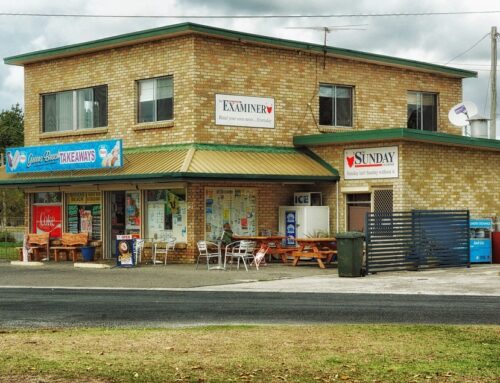How do you capture what occurred on a project in an easy-to-understand manner, communicate it, and document project questions such as what methods were used, what solutions were explored, and lessons learned?
The answer is the Thought Map originally proposed and developed by Cheryl Hild, Doug Sanders, and Bill Ross in 2000.
From project start to completion a Thought Map contains:
- Questions asked
- Parallel paths needed to answer the questions
- Inputs required
- Metrics needed
- Tools applied to answer the questions
- Resources required to answer the questions
- Actions taken
- Solutions reached
- Path to final answer
- Knowledge gained
- Lessons learned
- Where else the solutions can be used
- Directions for future work
Thought Maps
- Save time
- Focus the team
- Show the path to final decision
- Document the team’s work
- Show work outside the scope of the project
Here is an example of a Thought Map at the Definition stage of a manufacturing project:
Chery Hild, Doug Sanders, and Bill Ross were with Six Sigma Associates at the time of the article (2000) on Thought Maps which we reference: The Thought Map. The full article can be found here.
The article contains guidelines, tips, and other examples of Thought Maps.
We summarize the Thought Map benefits as expressed by the authors in their article.
- The expression of unanswered questions prior to the proposal of the solution(s).
- The documentation and maintenance over time of parallel questions and ideas.
- The “best” solution is obtained because multiple approaches are considered and appropriately evaluated.
- Provision of a structure for sequential work within parallel paths and thoughts.
- Description of the breadth and scope of the work required to obtain effective solutions.
- Provision of an excellent mechanism to communicate strategies, tactics and activities to peers, other functional areas, suppliers, customers, management, etc.
Note: Sigma Science is professionally known as Six Sigma Associates and is owned by Bill Ross, the founder and CEO.








Leave A Comment